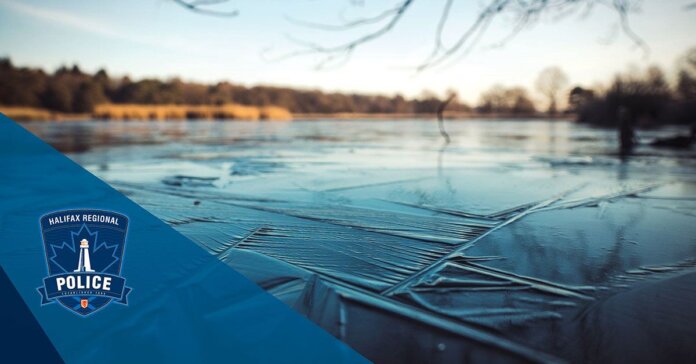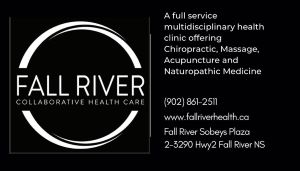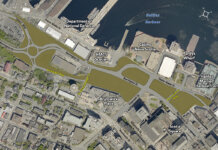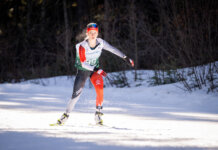HRM: Halifax Regional Police responded to a call from a concerned citizen of children venturing out onto the ice surface of a lake. Upon police arrival, the children had returned safely to the shoreline and were not harmed.
“We would like to remind the public that it is not currently safe to be on frozen lakes and ponds as there is thin ice and open waters in many areas across the region,” said HRP in a release.
“Avoid recreation activities, such as walking and skating, on frozen lakes and ponds until the ice thickness creates a surface where it is safe to do so.”
The Canadian Red Cross recommends an ice thickness of 15 centimetres for individual skating and at least 20 centimetres for group skating. Dark blue or transparent ice is always the strongest while white, cloudy looking ice is generally weaker.
Grey ice is unsafe, as the grey colour indicates the presence of water. It’s important to remember that ice conditions may vary over the entire surface of lakes and are subject to change with weather conditions.
Error, group does not exist! Check your syntax! (ID: 9)The municipality’s ice thickness testing program has not begun for the 2020/21 winter season as it is not yet safe for staff to be on the ice.
When testing resumes, the guide can be found on their website at https://www.halifax.ca/…/programs…/skating/ice-thickness.
The guide lists the body of water, the specific location that was checked, the ice thickness at that location and the date it was checked.
[adrotrate banner=”92″]

















